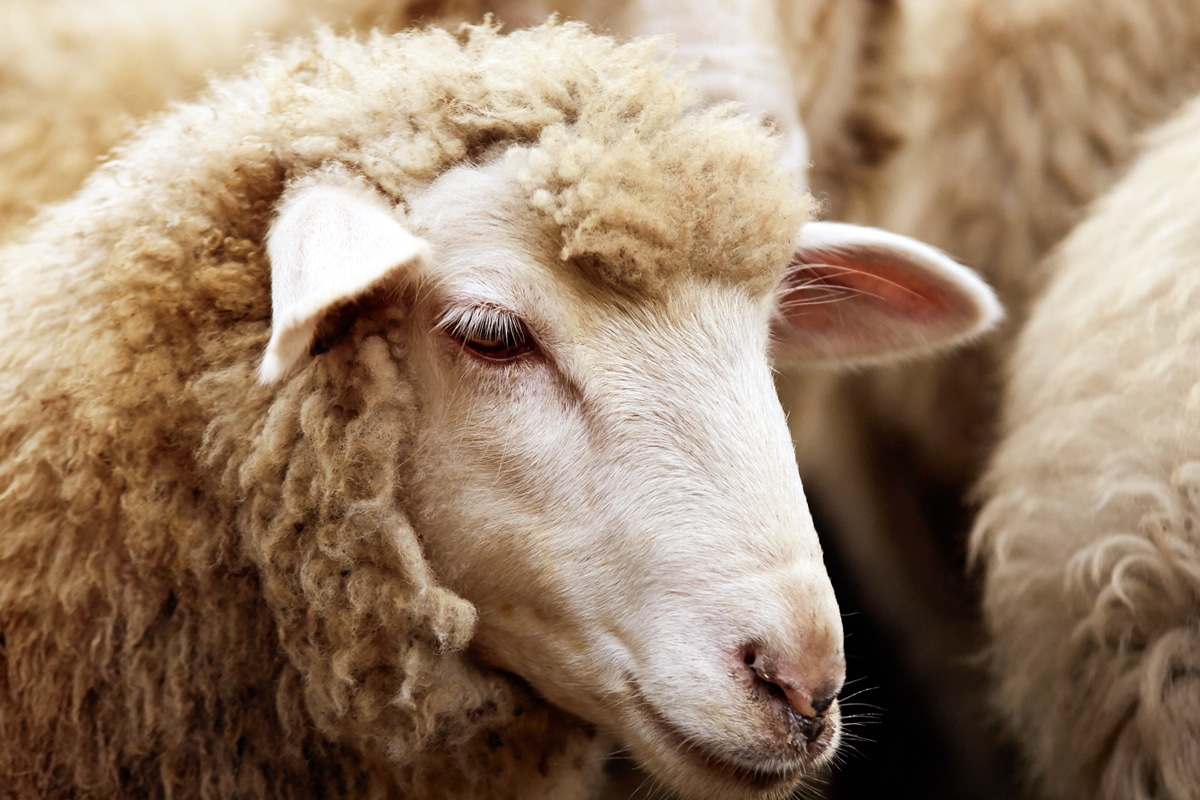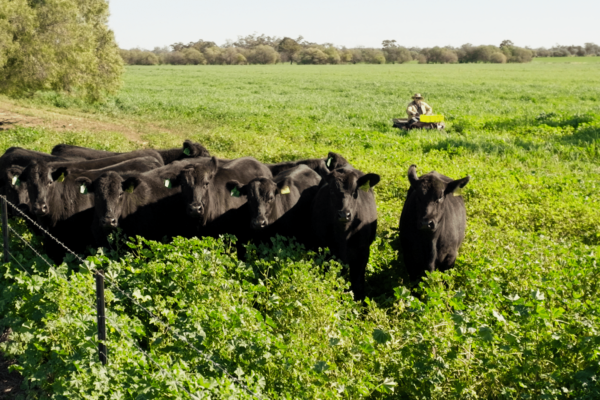Acidosis in sheep can also be referred to as grain poisoning.
It occurs when sheep experience a sudden change in feed type (i.e. accidentally eating a significant amount of grain quickly). This causes a radical shift in the contents of the rumen, resulting in sickness, damage to the gastrointestinal tract and or possible death.
Practical examples of acidosis in sheep include:
- Livestock are fed grain suddenly rather than gradually introducing grain or pellets
- Sudden change in feeding schedule or feeding grain
- stock graze newly harvested paddocks (where there may be unharvested areas or spilled grain)
- Stock gain unintentional grain or pellets, for example, around silos.
Acidosis can affect sheep of all classes and ages.
Signs & Symptoms of Acidosis in Sheep
Sheep lying down, particularly on their off side, listless, bloating (left side of the abdomen), sloppy diarrhoea (often bubbly), can be dehydrated, staggering and death.
Treatment of Acidosis in Sheep
In mild cases, remove the grain source, and supply good-quality roughage. In more severe cases, seek the advice of your veterinarian.
Acidosis Prevention
With acidosis, prevention is far better than cure. So, actions to reduce the risk of acidosis include the following:
Remember that 1 or 2 sick sheep in a mob can be the tip of the iceberg regarding sub-clinic acidosis. Therefore, you need to be attentive at all times with its management.
When grain feeding, ensure lambs are inducted on the grain diet over a 10-14 day period. Feel free to contact your local RumenWorks Nutrition Sheep Advisor, who can help guide you through this process. Also, visit the RumenWorks Nutrition Sheep and Lamb grain feeding induction guide on this website.
Avoid giving sheep uncontrolled access to any grain sources.
Lastly, include a grain buffer and mineral pellet in your ration to reduce the risk of acidosis occurring. RumenWorks Sheep Grain Assist Pellet with Probiotics is one product that should be considered.




